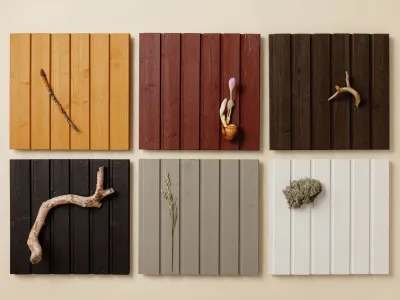You’re visiting Tikkurila website from United Kingdom. Would you like to visit the local UK site?
Planning checklist for painting a wooden house
New paint coating gives your wooden house a fresh look and protects your home against the weather. Consider these 7 things when planning to paint or repaint your wooden house.
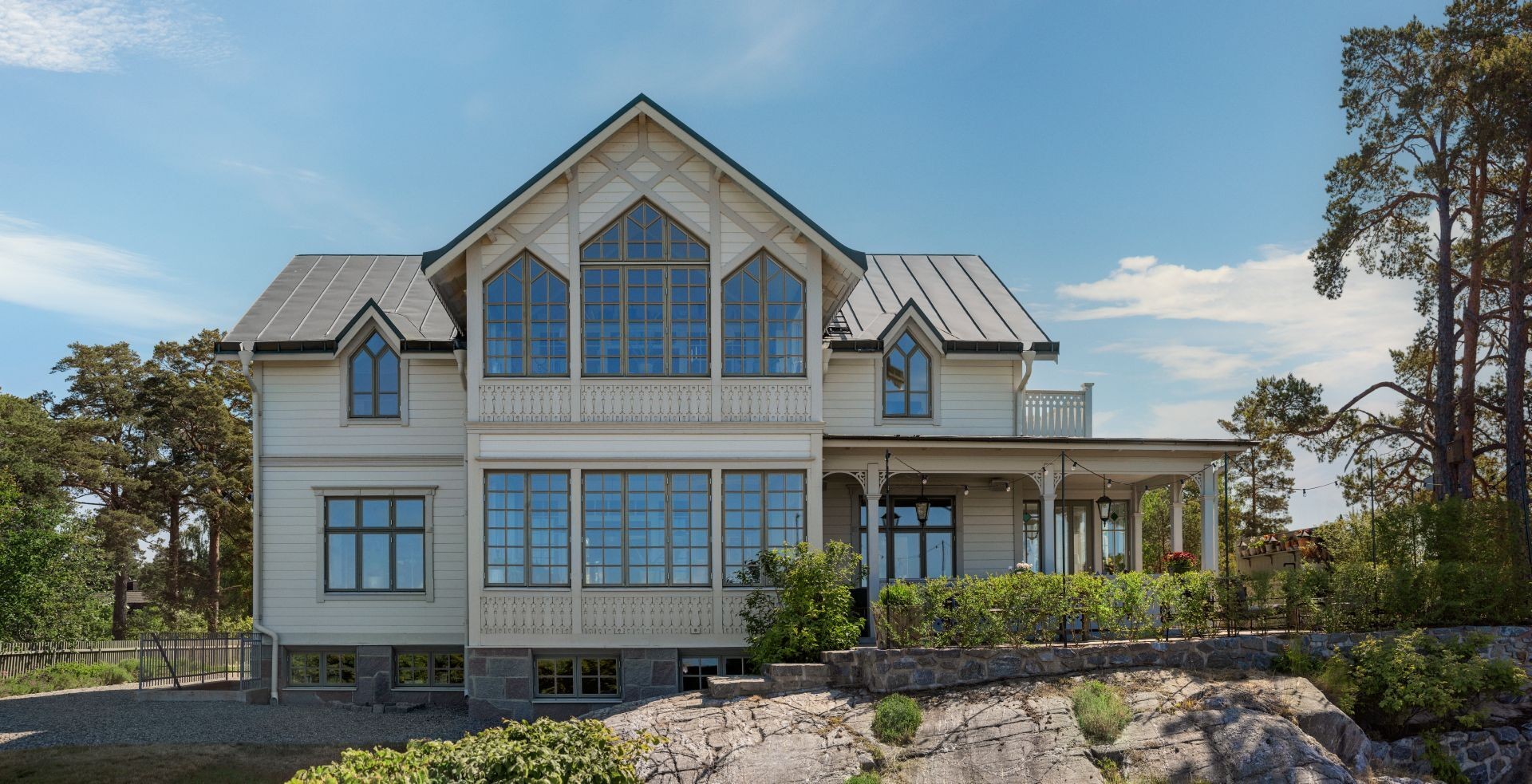
1. Assess the condition of the current paint
Ecological wood cladding protects your home against weather impacts when the wood surface is correctly painted. Whether your wood house needs the first-ever painting or repainting, you can use these paint-choosing guidelines to decide how to protect your house.
It is time to repaint your house if the old paint has started to fade, crack or flake. The old paint surface can also be dirty or even mouldy.
Start your painted wood facade inspection from the southern side of your house. Over the years, the UV radiation from the sun may have affected the painted surface, weakening its performance.
Check also other facades and the overall condition of the cladding. If there is a need to change the cladding boards or weatherboards, the repair should be done before painting.
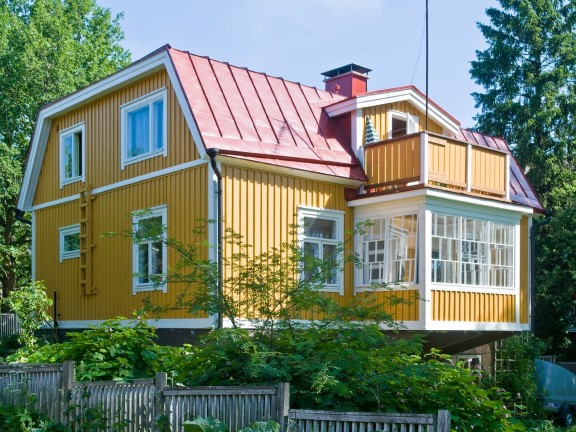
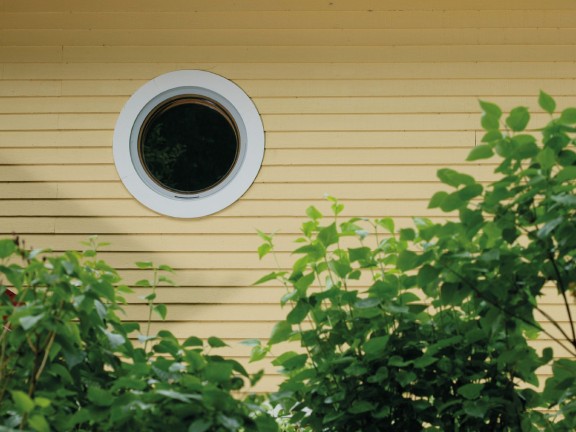
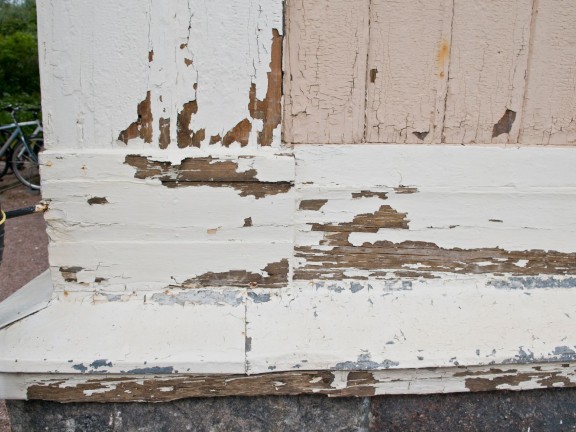
2. Check what type of paint was used before
The old paint of your house affects your choices for both paint type and colour. There are two types of exterior wood paints: solvent-based and waterborne paints. As a basic rule, waterborne paints are more environmentally friendly and easier to use, as they are thinned with water and not oil-based products.
If your house was earlier painted with waterborne acrylate paint, you can only choose a similar type of waterborne paint for repainting. If your house was painted with solvent-based paint, you can repaint your house with solvent-based or waterborne paint.
When it comes to opacity, the paint is either opaque or translucent. Opaque paint hides the natural colour of the wood (or old paint) while translucent paint allows the wood’s natural look to be seen. Generally, high-quality opaque paints’ service life is longer than translucent paints.
3. Choose the ideal paint for your wooden house
Do you want to change or refresh the colour of your house? The following questions will help you choose the right type, opacity, colour and finish for your wood house painting project.
Waterborne or solvent-based paint?
Waterborne paint is suitable for repainting all wood claddings. Furthermore, waterborne paint is more ecological and user-friendly to apply. The improved polyacrylate paints like new Ultra Classic also have enhanced properties against weathering. This means excellent colour and gloss retention and durable protection against weather and mould on the paint film.
Solvent-based paint is not an option if your wood house was previously painted with waterborne paint. The general advantage of solvent-based paints is a tougher finish. However, the finish can turn brittle over the years.
Opaque or translucent paint?
Opaque paints keep their colour better than translucent paints. This means you can postpone the next repainting round of your wood cladding for even 20 years. For example, the new Ultra Classic provides extended durability and dirt-repelling properties which typically last for 10–20 years.
Remember, using translucent paint for repainting a wooden house is recommended only if it was earlier painted with translucent paint. If you choose translucent paint, make sure that your translucent paint is tinted, as colour pigments help protect wood against weather impacts.
The same or a new colour for a wooden house?
The same or slightly darker paint colour is usually the best choice for repainting. Although the old paint will be partially removed before repainting, the colour of the wood or remains of old paint may affect the result. This is important especially if you use translucent paint. Think also about the colour palette of your house, including the facade, weatherboards, window and door sills.
If you would like to change the colour of your wood house, check your local building regulations. They may limit the choice of facade colours in your neighbourhood.
Consider testing your favourite paint colours and nearing tints on a couple of cladding boards when cleaned. Evaluate the results in various weather and light conditions before deciding. Remember, the colour looks darker on a large facade than on one board only.
How to choose paint colour for a wooden house →
Matt or glossy finish for a wooden house?
The paint finish affects the look and feel of your house. A matt finish has the least amount of shine, while gloss paint is highly reflective.
An ideal choice for wood exteriors would be a matt or semi-matt finish because, for large areas, less glossy paint is usually a better choice. Small imperfections will not bump out from a matt or semi-matt wood surface.
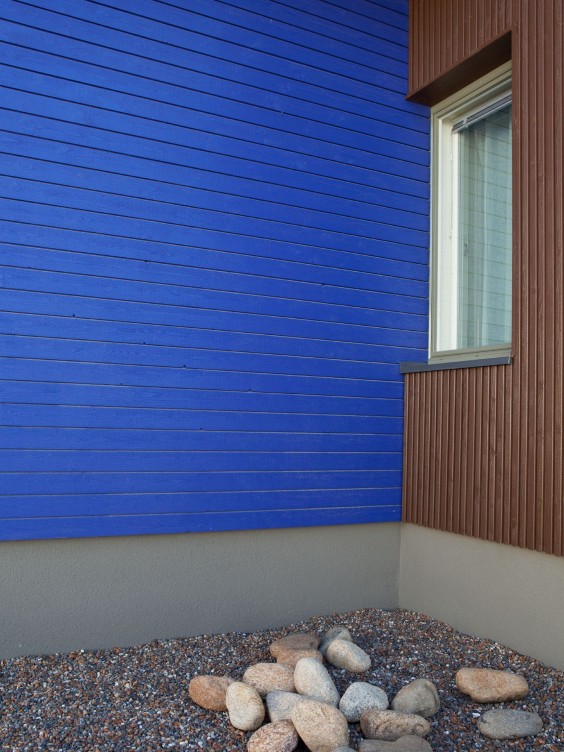
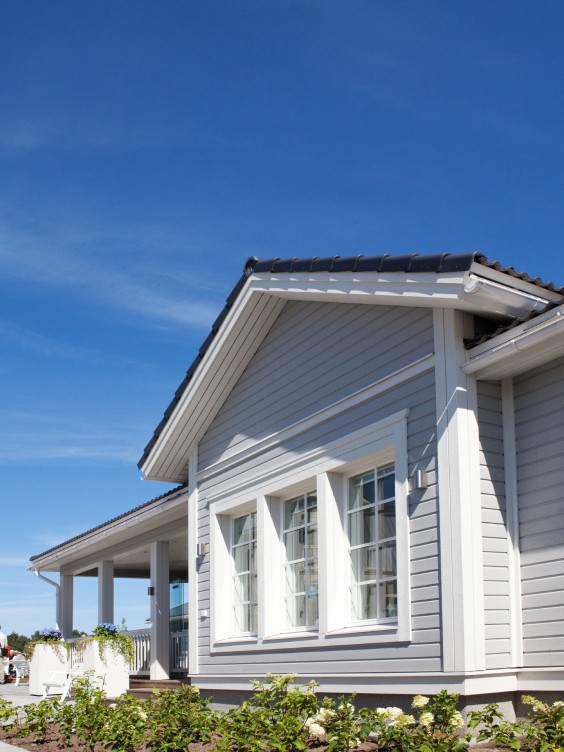
4. Use sustainable paint for a sustainable wood cladding
Wood siding is an ecological facade solution. This is why waterborne paint is the ideal choice to protect the wood cladding against weather. Eco-labelled exterior wood paints like the new Ultra Classic respect nature without compromising paint coating quality and durability.
Another advantage of choosing eco-labelled exterior paint is the ease and safe use: the paint emits a minimal amount of VOC (volatile organic compounds) when applied and is easy to clean with pure water.
Ultra Classic
Exterior paint for wooden facades, both new or previously treated surfaces. Helps to retain excellent gloss and colour, keeps façade fresh looking for long. Special rain-safe technology and possibility to spray without brushing makes application easy and fast.
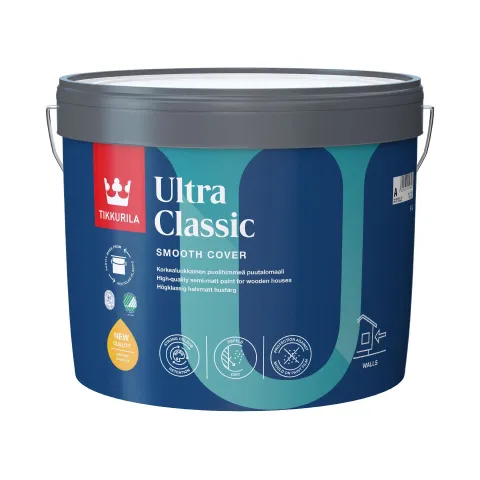
5. Plan and budget your painting project well in advance
Painting or repainting a wooden house takes time. It is wise to schedule and precalculate a budget for your project, including material and work costs.
You can use professional help when evaluating the paint consumption. The consumption depends on the surface of the wood cladding. Rough-sawn cladding absorbs paint easily but planed cladding wood needs more than double the amount of paint.
Think also about the weather forecast when scheduling your project: the best painting weather is cloudy but not rainy.
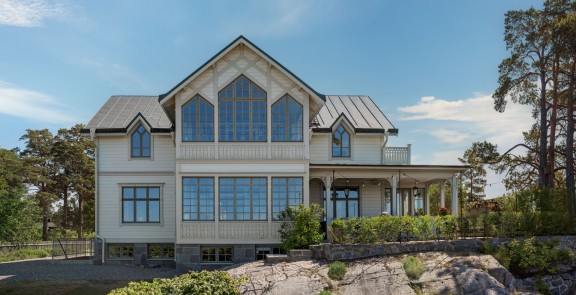
6. Save time and money with new quality paint
When you want to save money and time, choose the fast-drying new Ultra Classic paint. This eco-labelled opaque paint has a new formula which means that it does not need a primer or priming oil for previously painted surfaces, no matter which paint was used. It is also rain-safe after 1–2 hours from application, so you are not so dependent on weather conditions during the work.
New Ultra Classic is tintable for a wide range of colours. The paint can be applied by brush or spraying. There is no need to brush the paint after spraying which saves time.
Proper preparation makes the progress of your project smoother and nicer. The phases when using an opaque, waterborne wood paint new Ultra Classic are as follows:
- Acquire all materials you need to protect, clean, prime and paint the house.
- Install scaffolding or use steady step ladders for working safety.
- Protect the surroundings of your house.
- Remove as much of the old paint as will come off with a scraper.
- Clean the wood surface of any dirt, mould and loose material.
- Paint 1–2 times depending on the condition of the old surface and the colour difference.
- Clean tools with water and remove protections around your house.
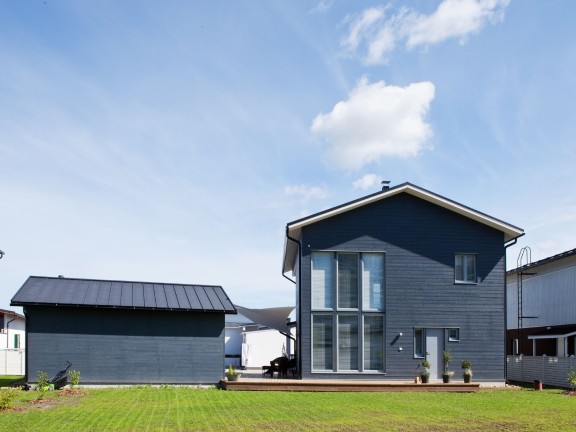
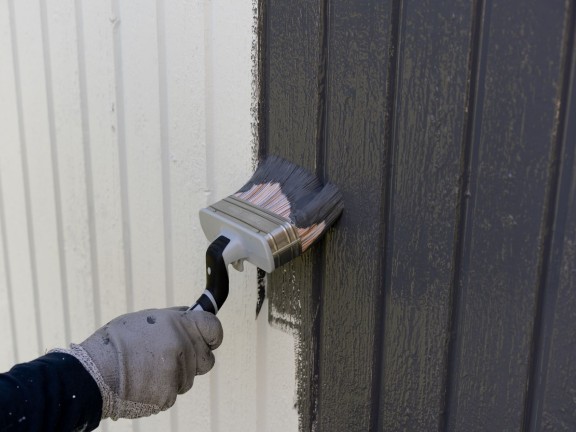
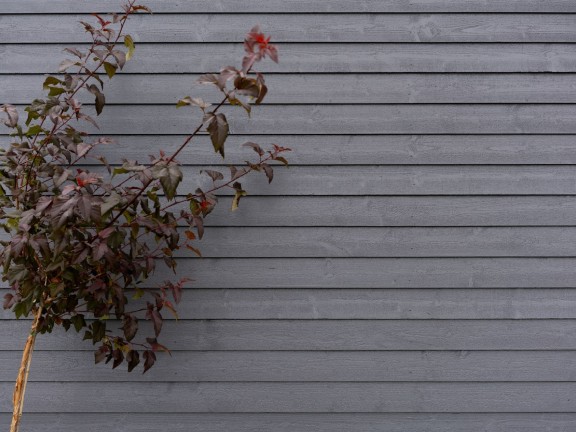
7. Utilise professional house painting tips
Now you have prepared and planned your house painting project. Your local store will help you choose a suitable cleaning agent, primer and exterior paint as well as other tools you will need. Continue your wood house painting project with the following helpful painting tips!
